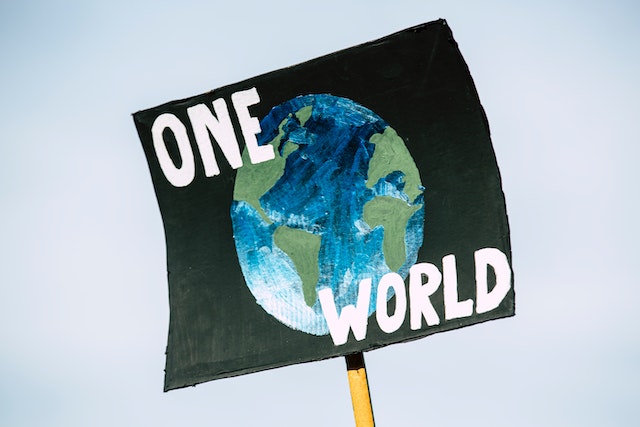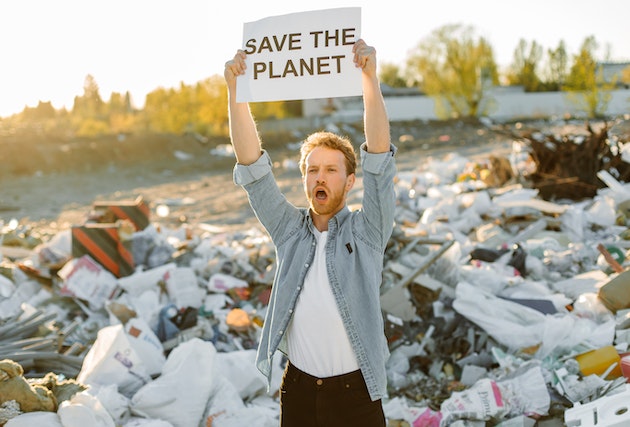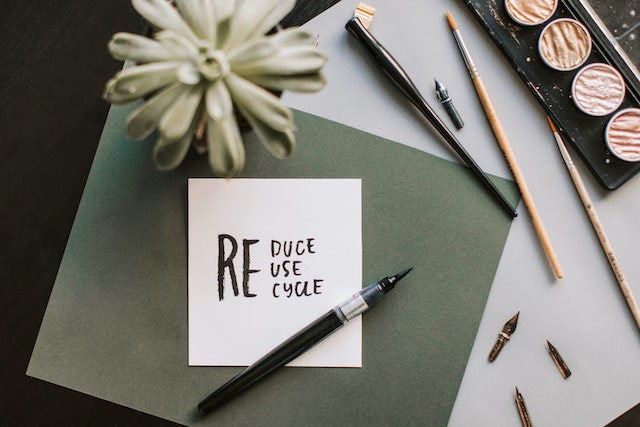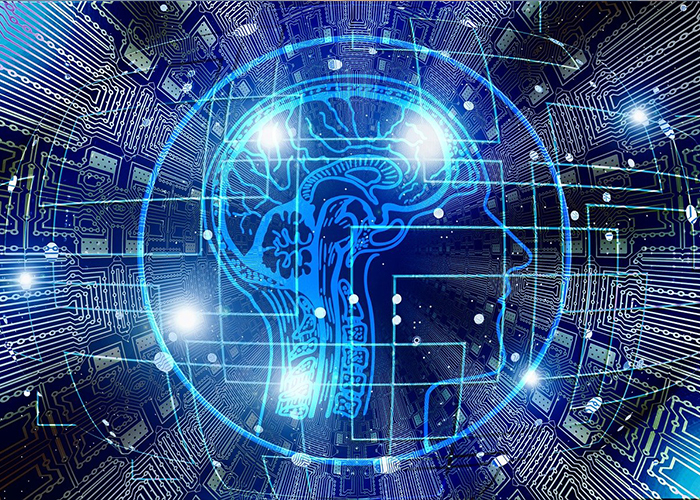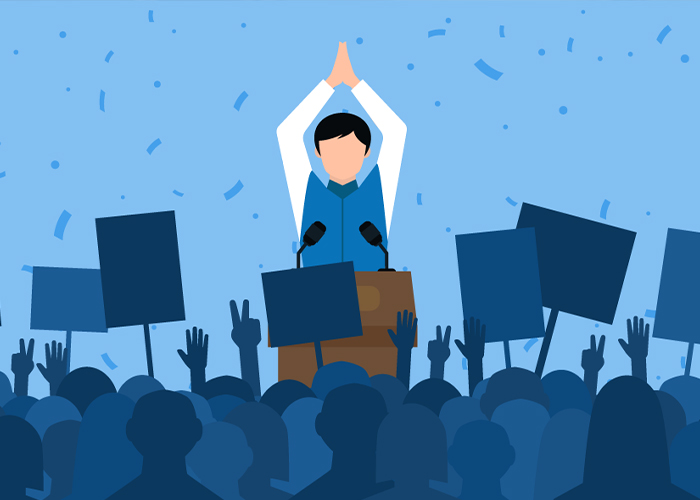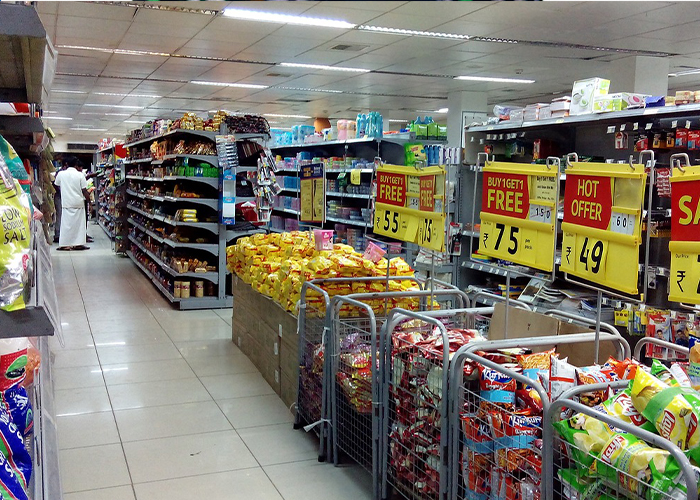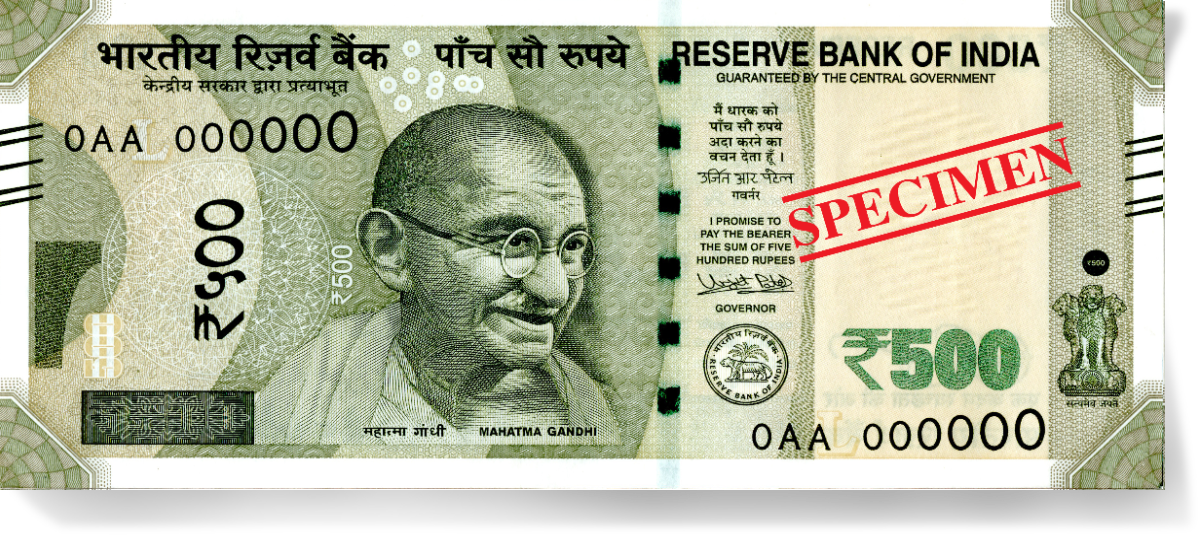Online Earning & Business
The End of Waste: How Circular Thinking Can Save the Planet & A New Way to think
Key points
Circular Thinking is a better approach for contemplating the plan, creation, and utilization of items. A more economical methodology can assist with decreasing waste, preserve assets, make occupations, and work on the climate.
- Plan and Consume
- Advantages of circular thinking
- Difficulties of circular thinking:
- Standards of circular thinking
- Applied to various items
The End of Waste: How Circular Thinking Can Save the Planet & A New Way to think
Circular Thinking: A Better approach to Plan and Consume
The conventional direct model of creation and utilization is a road that goes only one direction. Unrefined components are separated from the earth, used to make items, and afterward disposed of as waste. This model is unreasonable and has various negative ecological effects, including environmental change, contamination, and biodiversity misfortune.
Circular thinking is another plan theory that intends to make a more supportable economy. Rather than removing, utilizing, and disposing of assets, Circular Thinking spotlights on saving items and materials being used to the extent that this would be possible. This should be possible through various procedures, for example,
- Reuse: Items can be reused by various individuals or for various purposes. For instance, dress can be given or sold secondhand, and furniture can be reupholstered or reused.
- Fix: Items can be fixed as opposed to being supplanted. This can set aside assets and cash, and it can likewise broaden the life expectancy of an item.
- Reusing: Items can be reused into new items. This can assist with decreasing the interest for virgin materials.
- Treating the soil: Natural materials can be treated the soil and got back to the earth. This assists with shutting the circle on supplements and keeps squander from going to landfills.
Circular thinking isn't just about reusing. It is about an entirely different perspective about the plan, creation, and utilization of items. By zeroing in on keeping items and materials being used, Circular Thinking can assist with making a more manageable economy and a cleaner planet.
The advantages of circular thinking:
- Lessens squander: Circular Thinking assists with diminishing waste by saving items and materials being used for longer. This can assist with diminishing how much material that goes to landfills and incinerators.
- Rations assets: Circular speculation assists with saving assets by lessening the requirement for virgin materials. This can assist with safeguarding the climate and guarantee that assets are accessible for people in the future.
- Makes occupations: The progress to a circular economy will make new positions in regions like fix, repair, and reusing. This can assist with helping the economy and make a more reasonable future.
- Works on the climate: Circular speculation can assist with working on the climate by diminishing contamination and ozone harming substance discharges. This can assist with making a cleaner and better planet for all.
The difficulties of circular thinking:
- Cost: The progress to a circular economy can be costly, as it requires new innovations and foundation.
- Conduct change: Buyers should change their conduct to help a circular economy. This implies being more aware of their buys and being willing to fix, reuse, and reuse items.
- Government strategy: Legislatures should make strategies that help a circular about economy. This incorporates things like giving motivations to reusing and reuse, and managing the removal of waste.
In spite of the difficulties, Circular Thinking is a promising new way to deal with plan and utilization. It can possibly make a more maintainable economy and a cleaner planet. As shoppers become more mindful of the ecological effect of their decisions, there is a developing interest for items and administrations that are made in view of circular standards.
The standards of circular thinking
There are three fundamental standards of Circular Thinking:
- Dispose of waste and contamination: This implies planning items and administrations that don't make waste or contamination in any case. For instance, items could be intended to be biodegradable or compostable, or they could be produced using reused materials.
- Course items and materials (at their most noteworthy worth): This implies planning items and administrations that can be reused, fixed, or reused. For instance, items could be measured, so they can be handily dismantled and reused. Or on the other hand, items could be planned with long life expectancies, so they needn't bother with to be supplanted as frequently.
- Recover nature: This implies planning items and administrations that assistance to recover normal frameworks. For instance, items could be produced using sustainable materials, or they could be intended to assist with further developing air quality or water quality.
How could circular thinking be applied to various items and administrations?
Circular Thinking can be applied to a large number of items and administrations. The following are a couple of models:
- Fashion and Style: The design business is one of the most contaminating ventures on the planet. Circular speculation can be applied to mold by planning garments that are produced using reused materials, that can be effectively fixed, or that can be leased rather than purchased.
- Food: The food business likewise creates a great deal of waste. Circular speculation can be applied to food by planning bundling that is recyclable or compostable, by lessening food squander, and by supporting nearby food creation.
- Electronics & Hardware: The gadgets business is another significant polluter. Circular Thinking can be applied to gadgets by planning items that are not difficult to fix, that can be overhauled with new parts, or that can be reused toward the finish of their life.
- Construction & Development: The development business likewise delivers a ton of waste. Circular speculation can be applied to development by utilizing reused materials, by planning structures that are not difficult to dismantle and reuse, and by supporting green structure rehearses.
Few instances of organizations that are utilizing circular thinking
There are various organizations that are driving the way in circular thinking. The following are a couple of models:
- Interface: Point of interaction is a gcircular surface organization that is focused on making a circular about economy for deck. They have fostered various items that are produced using reused materials, that can be effectively fixed, and that can be reused toward the finish of their life.
- Patagonia: Patagonia is a clothing organization that is focused on manageability. They have various projects set up to diminish squander, preserve assets, and backing circular thinking. For instance, they offer an exchange program for utilized Patagonia dress, and they utilize reused materials in their items.
- Flourish Market: Flourish Market is a web-based supermarket that sells natural and quality food sources. They have various projects set up to lessen food squander, including a program that gives food to food banks and a program that assists clients with fertilizing the soil their food scraps.
- Loop and Circle: Circle is a membership administration that conveys items in reusable bundling. Clients can return the bundling to Circle when they are done with it, and Circle will clean and reuse the bundling.
- The Circular Project: The Circular undertaking is a non-benefit association that is attempting to make a circular about economy for design. They have various drives set up, including a dress rental help, a maintenance and reuse program, and an innovative work program.
These are only a couple of instances of organizations that are utilizing circular thinking. As the world turns out to be more mindful of the ecological effect of our utilization, we can hope to see an ever increasing number of organizations embracing circular about practices.
End of conclusion
Circular Thinking is a better approach for contemplating the plan, creation, and utilization of items. A more economical methodology can assist with decreasing waste, preserve assets, make occupations, and work on the climate. The progress to a circular about economy won't be simple, yet it is an important stage if we have any desire to make a superior future for us and for the planet.
Devraj Gorai
Writer
Tags
#circulareconomy #circulardesign #circularproduction #circularconsumption #reducereuserecycle #zerowaste #circularthinking # #sustainablefashion #sustainablefood #sustainableelectronics #sustainableconstruction #greenbuilding #plan #creation #items #economy
